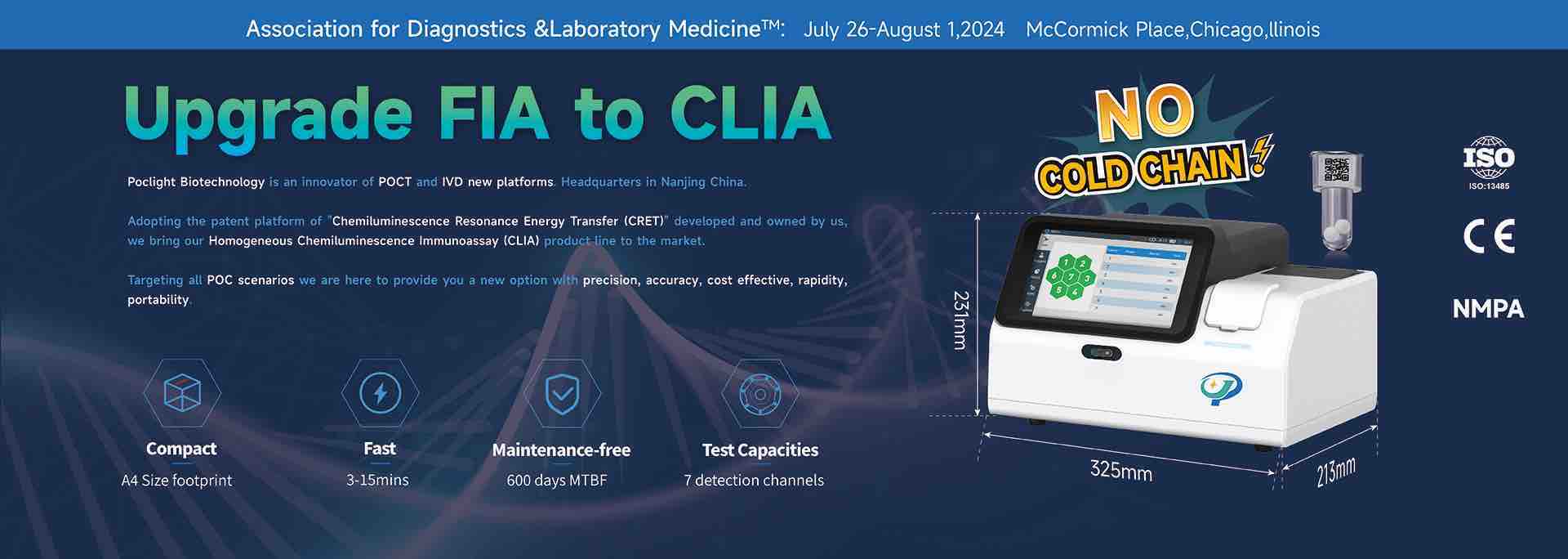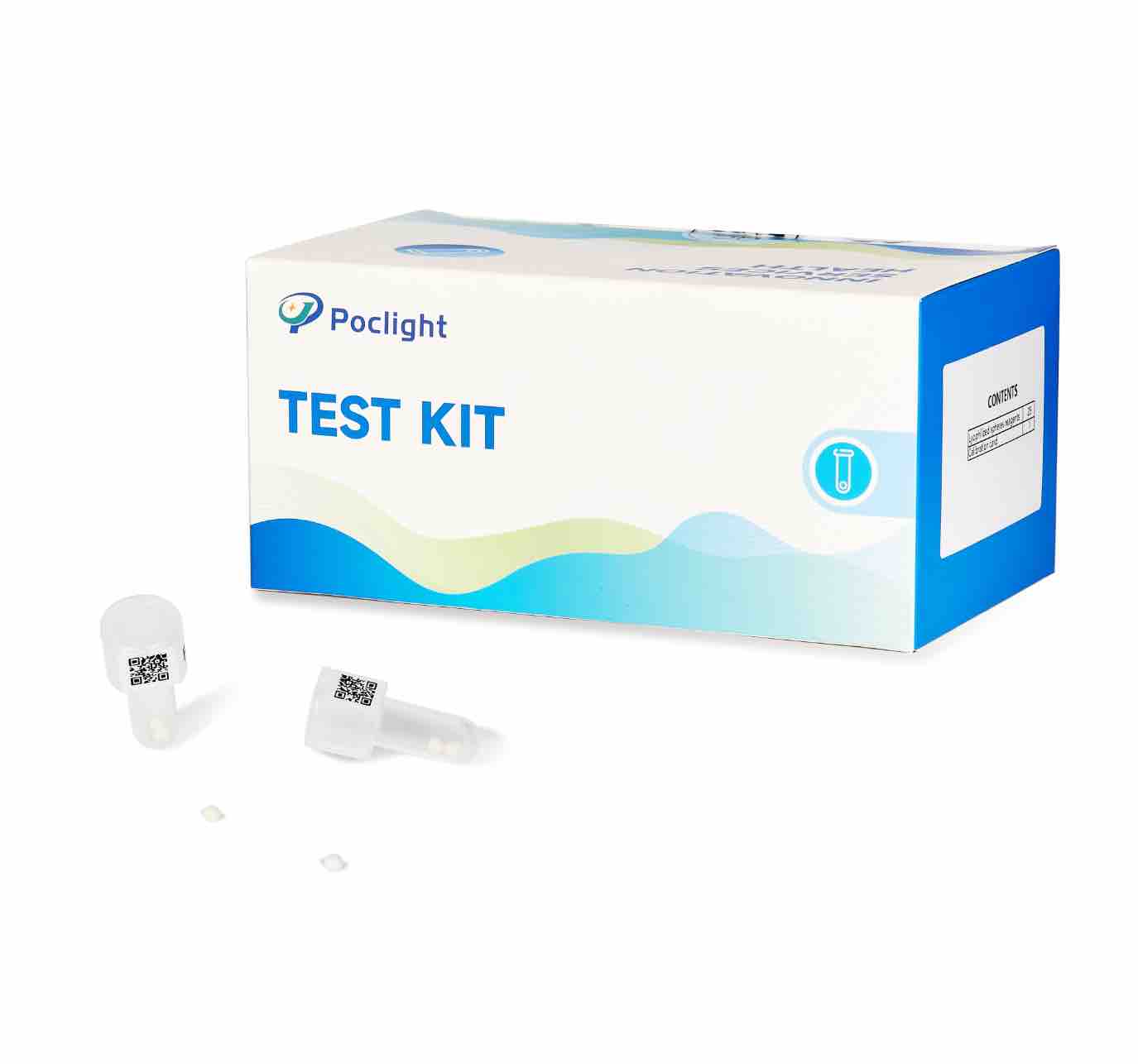 How to test Pre-eclampsia?
How to test Pre-eclampsia?
 What is homogeneous immunoassay method?
What is homogeneous immunoassay method?
 HbA1c Test for different populations
HbA1c Test for different populations
 Tumor Microenvironment - How do cytokines act as regulators in tumor development?
Tumor Microenvironment - How do cytokines act as regulators in tumor development?
 Eclampsia Tests: Your Questions Answered
Eclampsia Tests: Your Questions Answered
 Thyroid Conditions and Their Diagnosis: A Closer Look at Thyroid Tests
Thyroid Conditions and Their Diagnosis: A Closer Look at Thyroid Tests
 How to Get Accurate Results from Your Vitamin D Test: A Comprehensive Guide
How to Get Accurate Results from Your Vitamin D Test: A Comprehensive Guide












